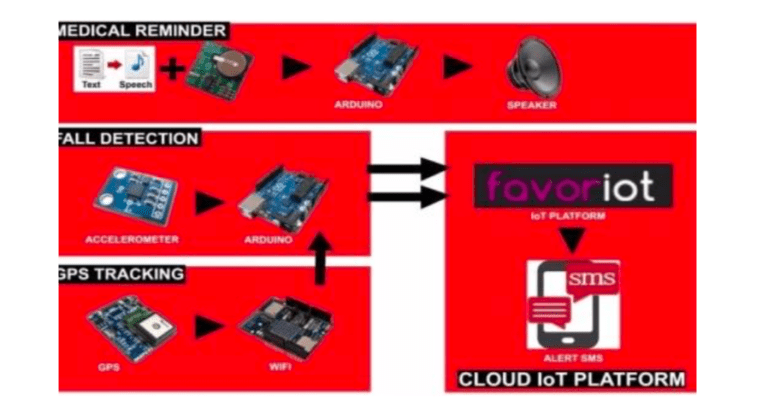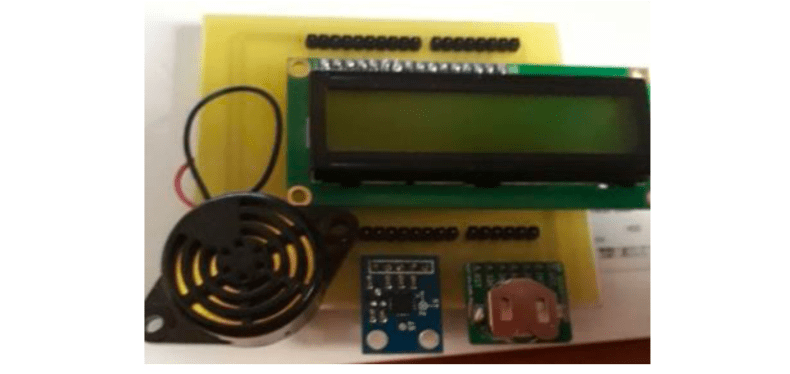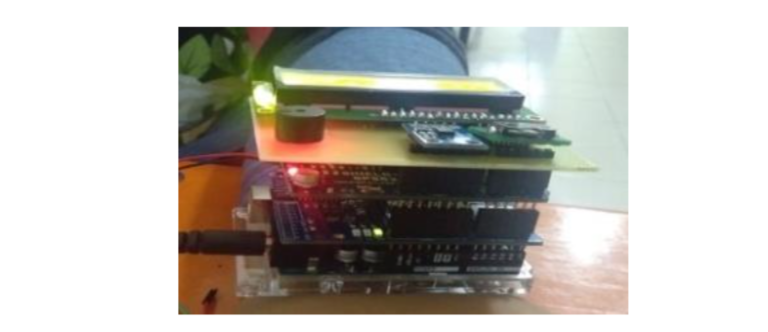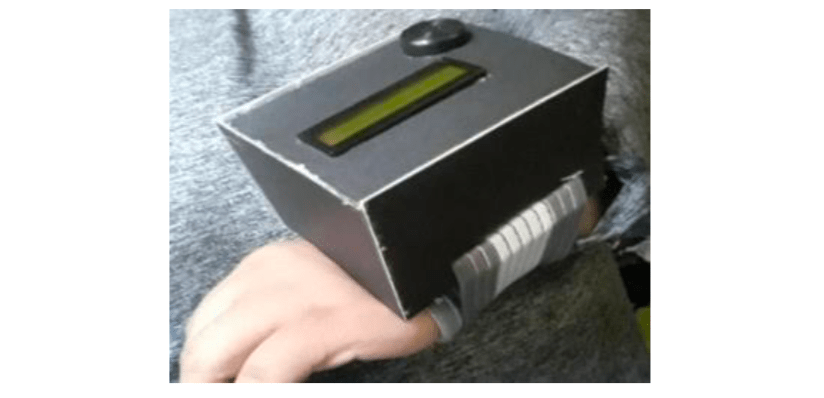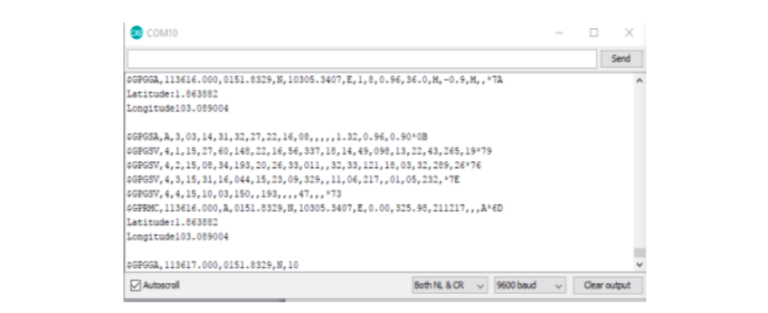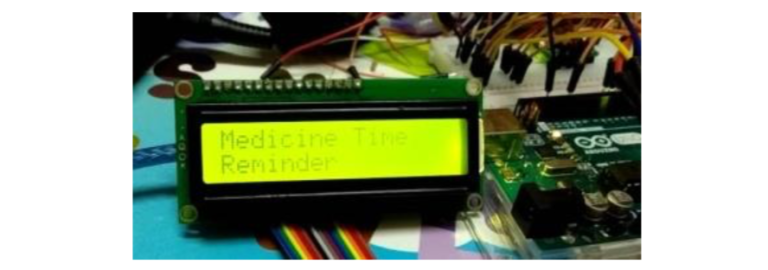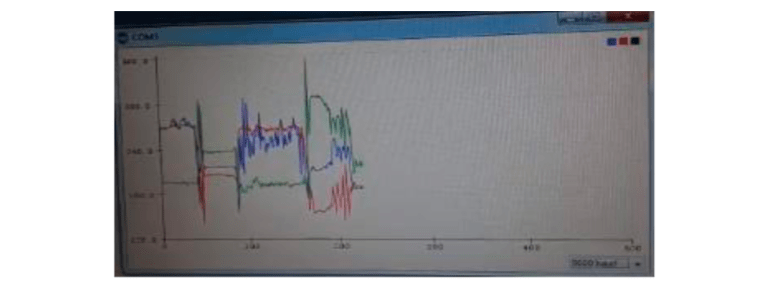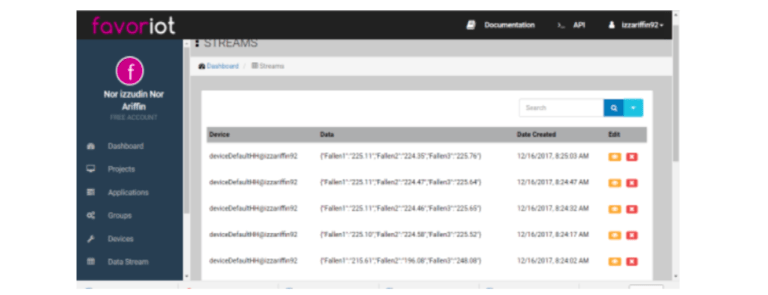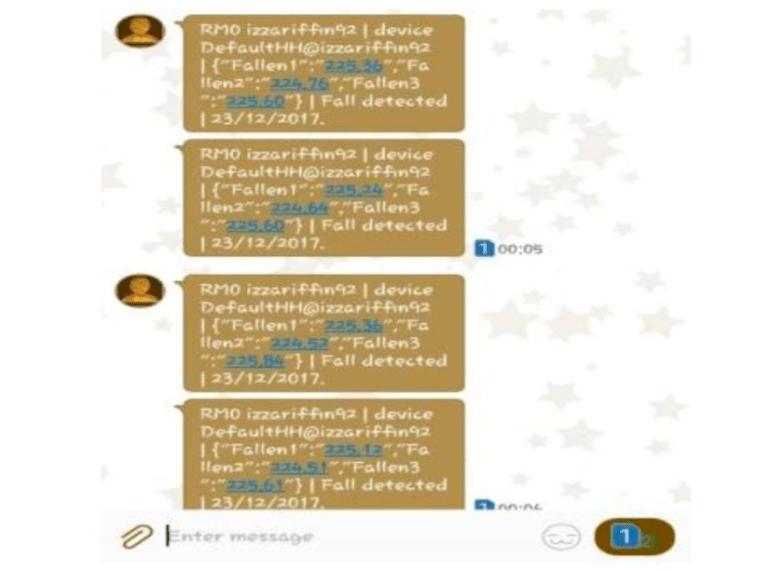IoT-based Heart Rhythm Monitoring
December 30th, 2017 Posted by favoriotadmin IOT PLATFORM 0 thoughts on “IoT-based Heart Rhythm Monitoring”Abstract
This paper describes the design and implementation of a prototype of IoT based heart rhythm monitoring system in order to get the wave pattern of irregular and normal sinus rhythm of a person that needs a diagnose of having a heart problem and alert the personnel of unusual behavioral reading of beats per minutes (BPM). The system will sense the cardiac rhythm and also identify the user their pulse rate reading in BPM. The system is connected to IoT cloud based where the data is stored and notifies any unusual behavior.
Introduction
Heart rhythm is the signal of heartbeat where it can be view in waveform signal. A normal heart rhythm is called normal sinus rhythm (NSR). An NSR will have a heart rate (pulse) between 50 and 100 beats per minute (BPM) and a normal impulse formation from the SA node (P wave)[1]. Each individual’s normal resting heart rate will vary and can range from 40 to 120, higher in young children. A certain amount of variation in heart rate throughout the day is normal as activity levels vary. Even though an individual’s regular rhythm may not exactly fit, into the category of normal sinus rhythm, it does not necessarily suggest that a problem exists. In addition, even if an individual’s rhythm is normal, it does not preclude underlying heart disease[1].

IoT based Heart rhythm monitoring is a system that monitors the rhythm of the user while they at home or outside of a hospital. The device uses to track the pattern of rhythm that changes during everyday life activity. It served as help tool to the doctor to monitor the user without user come to the hospital to undergo tests. In addition, the physician able to real-time monitored the user condition by website application. The changes in heart rate of the user are continuously monitored and detected in form of a value of heartbeat per minute (BPM) and the data that collected is send to the IoT cloud platform and an alert message will be sent to the respective person for further notice if the threshold value set is over limit. Furthermore, the device is designed to be comfortable to the user to wear every day.
Design and Implementation
This section details the implementation system. The system runs in a sequential form: patient – device – server – web application – personnel (doctor).


The system aimed to read the blood flow volume inside the user to read the human pulse or heart rhythm and beat per minute. The sensor used the PPG system where it used reflective type PPG system where the intensity of reflective light received inside the photoresistor is converted into a waveform signal. Thus, the first step is the pulse sensor wrap to the index finger of a user. Secondly, the data transfer from the pulse sensor will undergo algorithm calculation to display the Beat per Minute. In another way, the signal also transfers to the IoT platform for storage and retrieve to the web application to view the displayed of heart rhythm signal.

Preliminary Result
This section shows the preliminary result from the prototype testing for waveform pattern for normal people that don’t have a heart problem.

The device is connected to the Favoriot platform to store the BPM reading as it will monitor and notify the personnel is unusual BPM reading reads.


An alert message will be received when the BPM reading exceeds the threshold value stated.
Conclusion
The prototype is a success in monitoring and notifies the respective personnel in sending an alert when unusual behavior reading is recorded in IoT platform, thus can conclude almost 70% of the project is done.
Future Works
The next step to complete the system is the monitoring of the waveform pattern on the real-time monitor and a comparison between the irregular heartbeat and normal heartbeat. Thus, a web-based application will be created with the help of SQL database to store and compare the waveform pattern with the database of irregular heartbeat get from trusted resources.
References
[1] “Normal Heart Rhythm _ Heart Rhythms _EquiMed Corporation.”
[2] A. Sparshott, “A quick guide to ECG,” IV line, no. 52. pp. 1–2, 2009.
[3] “Remote Heartbeat Monitor [Analog Devices Wiki].” [Online]. Available: https://wiki.analog.com/university/contest/design/sub missions/the_sentinels
[Note: This project is being done by UTHM, our FAVORIOT’s University’s collaborator. Article was written by Siti Nur Hanisah Binti Hamidon, Supervisor: Dr. Ansar Bin Jamil, FKEE UTHM]
You can check out the whole LIST of IOT PROJECTS by our University Collaborators.
